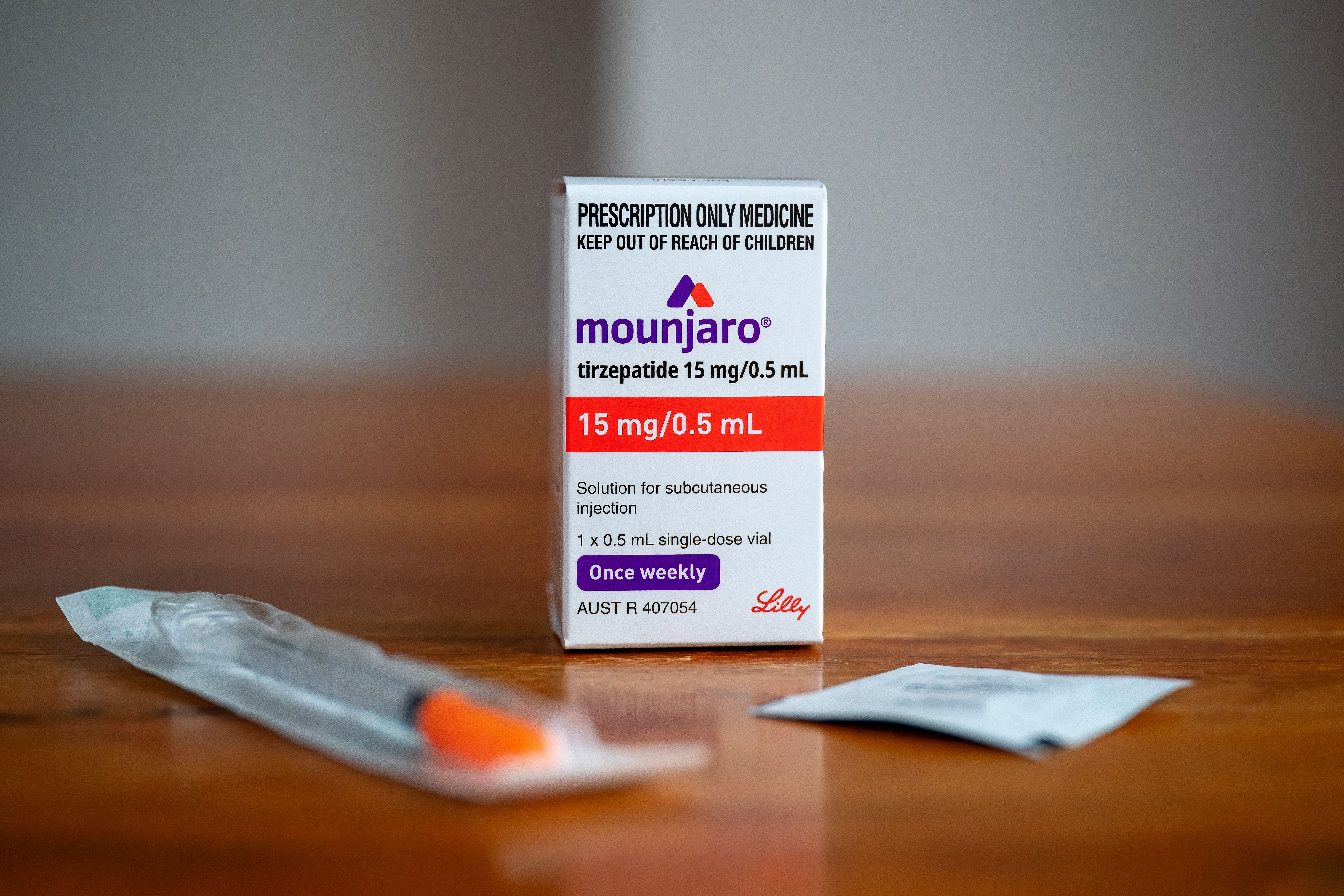Article
Physical Activity, Atherosclerosis Levels Predict Mortality Outcome Among Patients With Cardiovascular Disease
Author(s):
Self-reported high levels of physical activity shared a positive correlation with improved mortality and care for patients who underwent chest CT scans for atherosclerosis.
Assessing level of physical activity was shown to lead to earlier heart health interventions and improve both mortality and care among patients screened for coronary artery calcium (CAC) levels, according to recent study results in Mayo Clinic Proceedings: Innovations, Quality and Outcomes.
“A growing evidence base indicates that CAC scores predict clinical risk in older patient populations,” the study’s authors note. “Accordingly, there is growing interest in using CAC scanning to identify older individuals who are at increased clinical risk.”
The 2318-patient cohort ranged in age from 65 to 84 years, and all underwent chest CT scans for atherosclerosis, or calcified plaque buildup, between August 31, 1998, and November 16, 2016. They were followed for a mean (SD) 10.6 (4.9) years, with the median (interquartile range) follow-up being 11.4 (6-15) years.
A questionnaire was administered before each scan that collected data on chest pain symptoms, cardiac risk factors, and medication use; baseline measures of heart rate, blood pressure, height, and weight were also collected.
Physical activity level was assessed with this question: on a scale of 0-10, how much do you exercise (0: none; 10: always)? It was then classified as low, moderate, or high.
CAC scores were divided into 5 ranges:
- 0
- 1 to 99
- 100 to 399
- 400 to 999
- > 1000
The authors’ primary outcome was all-cause mortality.
Overall results show that more physical activity was linked to an almost 71% lower annual mortality rate compared with less physical activity: 1.7% vs 2.9%. Patients reporting higher activity levels had a lower occurrence of obesity and fewer coronary artery disease (CAD) risk factors (eg, hypertension, smoking) vs those reporting less activity: 7.7% vs 26.8%.
In addition, among patients who had a CAC score of 400 and above, mortality continued to rise while their activity levels continued to fall. Those with scores from 0 to 99 and 100 to 399 had comparable survival at low, moderate, and high physical activity levels.
Multivariable analysis for patient, age, and CAD risk factors produced these all-cause mortality results, according to CAC score:
- 0 to 99: similar adjusted HRs for all activity levels
- 100 to 399: adjusted HR rose 2.7-fold for patients reporting low vs high levels of physical activity
- 400 and above: adjusted HR rose 2.35-fold in the low- vs high-activity groups
The findings for mortality rate per 1000 person-years were interesting. CAC scores of 400 and above coupled with high activity levels were linked to a mortality rate similar to patients with scores of 0 to 99 and low activity levels: 19.9 and 16.3 per 1000 person-years (P = .60), respectively.
“Our study showed that simply asking patients to rate their level of physical activity, while using a test to look at the plaque in their coronary arteries, markedly improved our ability to predict patients’ risk for dying over their next decade of life,” stated Alan Rozanski, MD, director of nuclear cardiology and cardiac stress testing at the Icahn School of Medicine at Mount Sinai and the study’s first author.
Limitations on interpretation of these results include that the study took place in 1 location and the physical activity questionnaire was not validated against other similar objective physical activity measures. Another was the lack of data on comorbid conditions (eg, previous stroke) that could have restricted patients’ activity levels and increased their mortality risk.
Next steps for the authors include validating their results in additional older patients and developing novel ways to optimally detect latent heart disease and its associated clinical risks.
Reference
Rozanski A, Amson Y, Gransar H, et al. Associations among self-reported physical activity, coronary artery calcium scores, and mortality risk in older adults. Mayo Clin Proc Inn Qual Out. 2020;4(3):229-237. doi:10.1016/j.mayocpiqo.2020.02.005




